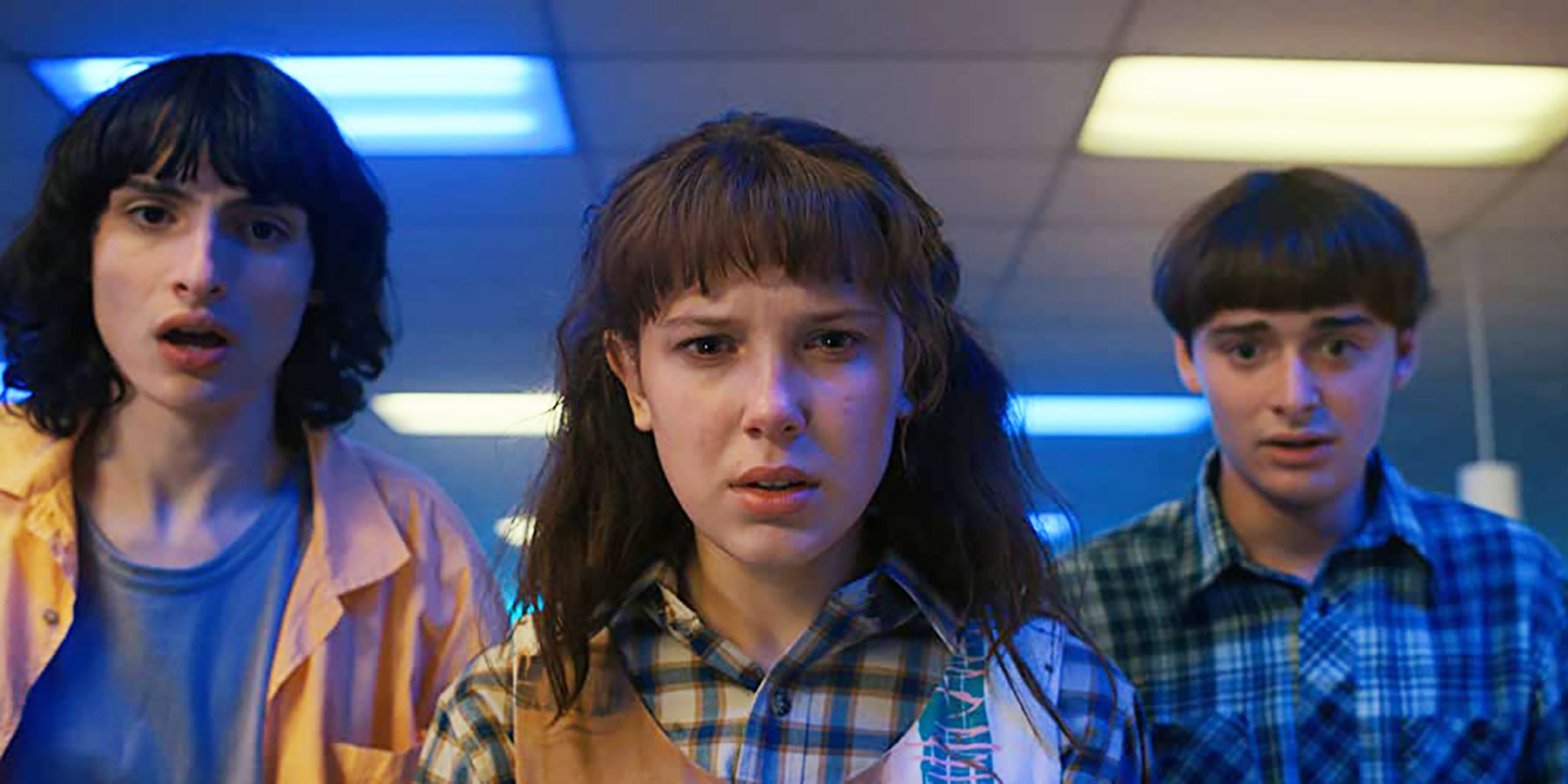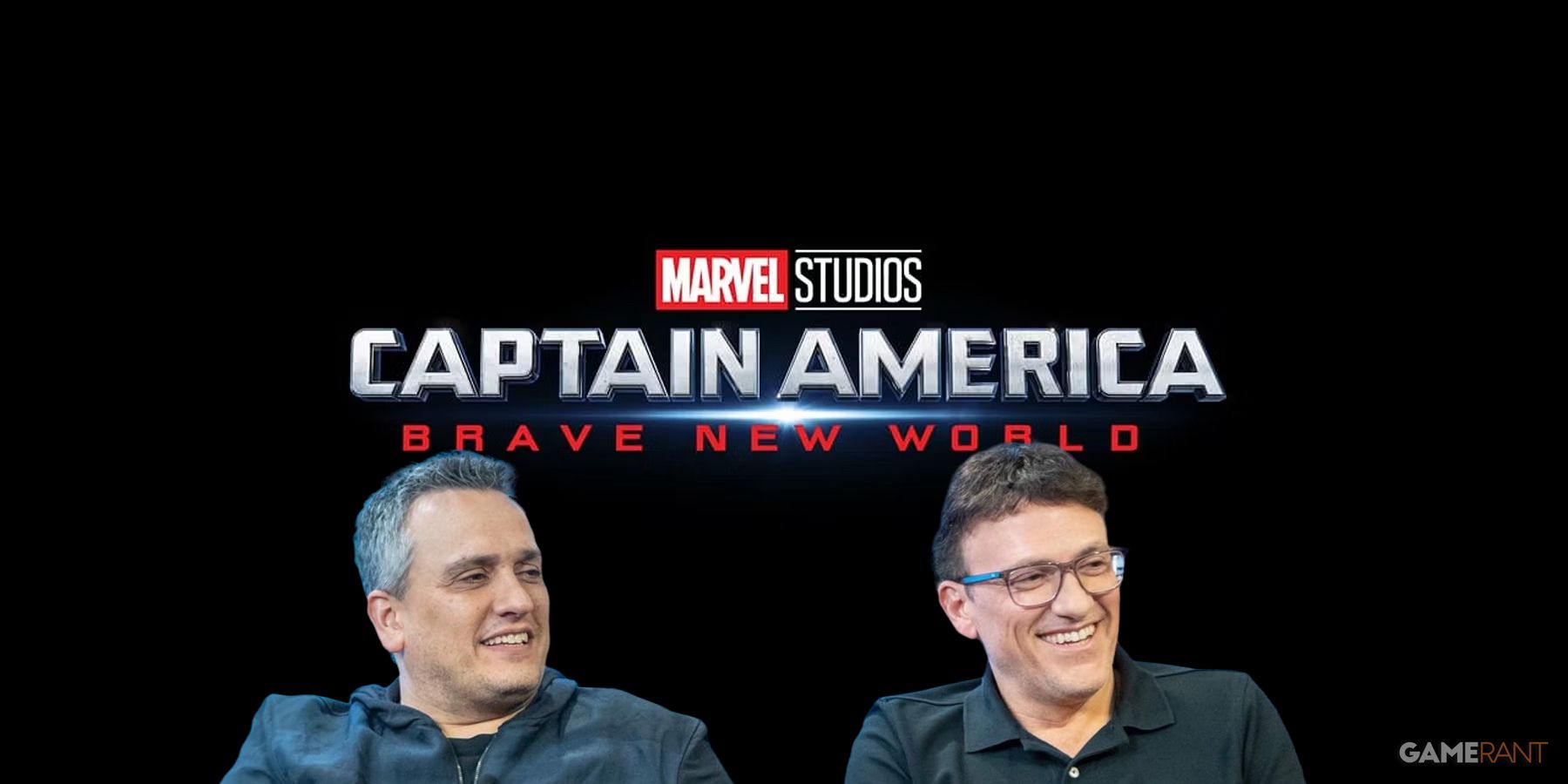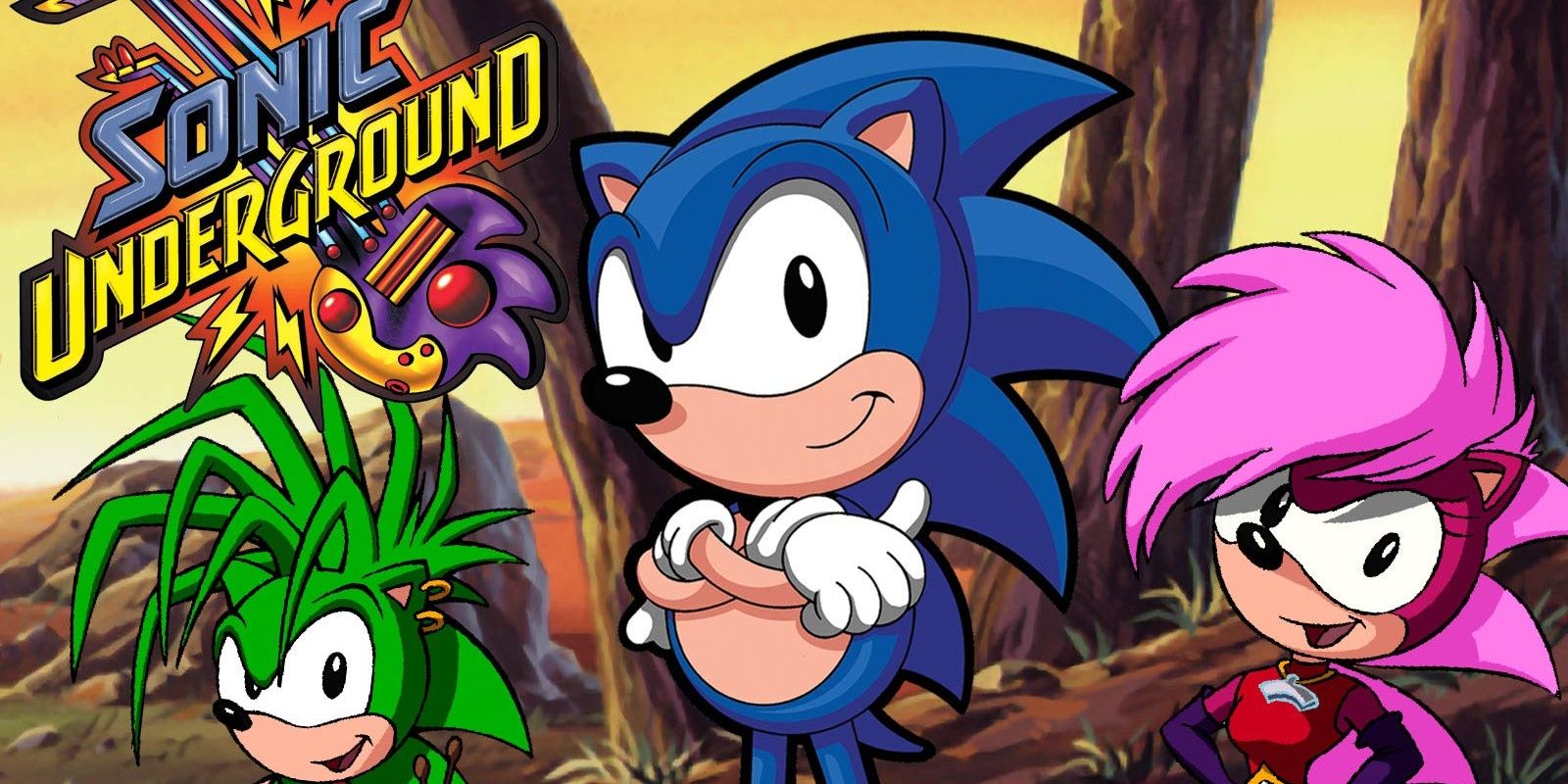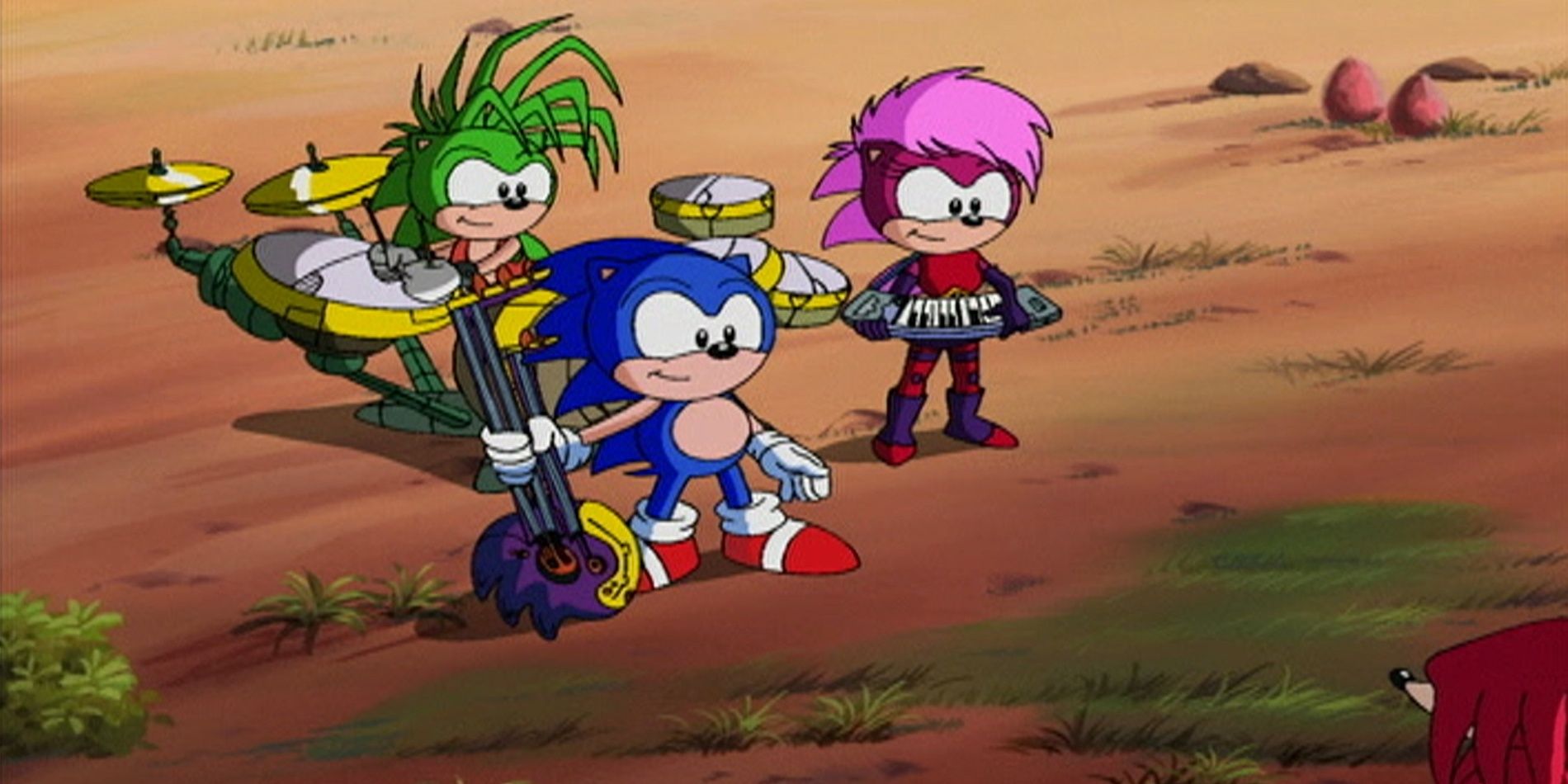Sonic the Hedgehog is one of the most popular fictional characters of the modern era, but there is a curious generational nature to the Blue Blur's fanbase. Kids and newcomers to the franchise love the current bounty of great content starring their favorite character, but not every outing was a complete success.
Sonic has starred in no less than six animated series, which all had drastically different art styles and approaches to the character. Even with two full-length feature films and countless games, animation is one of the most common places new fans find the iconic hedgehog. Some of those takes have aged better than others.
The year was 1999. The Blue Blur had just begun his long and messy transition to 3D gaming with Sonic Adventure and two animated series had already launched and concluded. The first, entitled Adventures of Sonic the Hedgehog, was a wacky comedy series in the model of Looney Tunes. That series is less than fondly remembered for its sense of humor. The 1993 follow-up, officially called Sonic the Hedgehog and colloquially known as SatAM, has fared much better over the years. Its darker story and more action-focused presentation made it a favorite of fans then and now. SatAM only ran for 26 episodes, leaving fans bereft of an animated Sonic series for a few years. However, when the character returned to the small screen, he did so in a different form.
Sonic Underground, like the first two takes on the character, was produced by DIC Entertainment. DIC was responsible for the overwhelming majority of video game cartoons in the nineties, from The Super Mario Bros. Super Show to Double Dragon to Captain N. Like previous Sonic cartoons, Underground was primarily pitched as marketing for the latest game, and by extension, the newly released Sega Dreamcast. Unlike today's viral marketing campaigns or celebrity endorsements, video game companies of the 90s preferred full animated series to sell their games. Production was extremely sparse. Two twenty-minute episodes were crafted per week, often pitched by huge groups of writers who had previously never heard of the characters. The entire show was thrown together with incredible speed, often leaving songwriter Mike Piccirillo piecing together tracks with no idea of the plot. With animation outsourced to Taiwan and dozens of writers auditioning their scripts, the show was a bit of a mess.
Sonic Underground is almost completely unrelated to the traditional Sonic canon. It takes place on an alternate Mobius, ruled by a monarch named Queen Aleena. Series villain Dr. Robotnik overthrows Aleena's peaceful government and installs himself as a brutal dictator. Aleena goes into hiding, with the aid of the powerful and apparently clairvoyant Oracle of Delphius. The Oracle tells Aleena that she must separate her three children and hide them away, in accordance with a prophecy that foretells their reunion. After years of life in secret, Aleena's three children were reunited, told of their destiny, and sent on the quest to unseat Robotnik and find their mother.
The heroes of Sonic Underground are Sonic, portrayed basically identically to his other cartoon appearances, his sister Sonia, and their brother Manic. It's these hilarious Sonic OCs that tank the show from moment one. The weirdly ominous story is fine enough, seeking to follow SatAM's lead, but the lead characters are not likable. Sonia and Manic have not survived into much of Sonic's ongoing fame. They pop up in the comics every so often, but they're in the bottom tier of his entourage. Sonia is portrayed as the traditional "cool girl" archetype of cartoons of the era, often seen riding a motorcycle and doing karate. She's the only character with a romance subplot, depicted with a crush on Knuckles. She's distractingly similar to recent portrayals of Amy. Manic is almost hilariously edgy, probably the apex of the franchise's 13-year-old boy energy before Shadow came out. He's a brash criminal who rides a hoverboard and speaks with constant sarcasm. It doesn't help that all three siblings are voiced by Jaleel White, struggling to differentiate himself while remaining similar.
Sonic Underground leans in the more action-oriented direction of its direct predecessor but goes at it in a very different way. Rather than the typical spin dash and homing attack, Sonic and his siblings fight by playing in a rock band. Each hedgehog is armed with a medallion that turns into a musical instrument, which they use to play at least one song per episode. Sonic plays electric guitar, Sonia plays keyboard and Manic mans the drums. Perhaps, with the release of Sonic Adventure immediately beforehand, someone making the show realized how integral butt rock is to the character. It is hilarious to add rock stars to the already monstrous list of nineties cool traits Sonic embodies, but it isn't interesting to watch cartoon characters play instruments at the requisite killer robots.
Sonic Underground only ran for 40 episodes, and frankly, that's more than enough. It's a funny show that contributed very little to the overall Sonic canon. Fans who complain about the way the Blue Blur is handled in the movies or the upcoming Sonic Prime should look to the past and have hope for the future.






